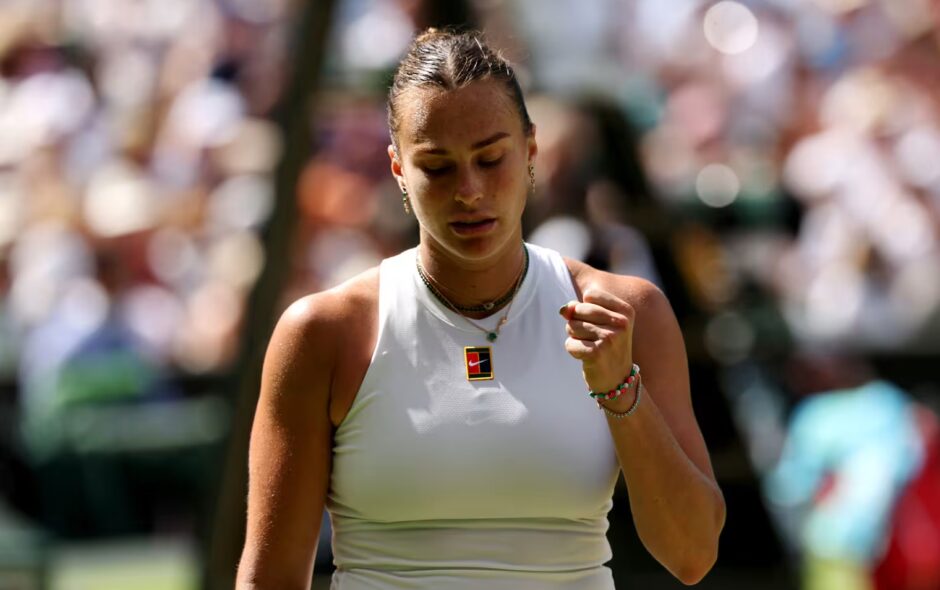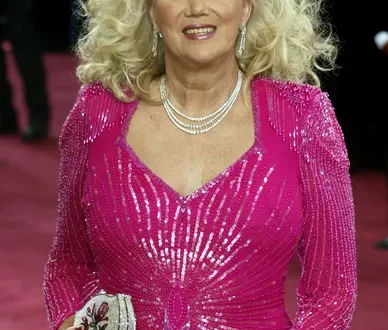London, July 11, 2025 – American tennis sensation Amanda Anisimova secured her first-ever Grand Slam final appearance on Thursday at Wimbledon, rallying past world No. 1 Aryna Sabalenka in a tense, three-set semi-final showdown.
The 24‑year-old from New Jersey broke through a canopy of nerves to seal a 6‑4, 4‑6, 6‑4 victory in 2 hours and 37 minutes on Centre Court, marking her most significant triumph yet on grass.
Anisimova’s powerful baseline game, featuring a dynamic two‑handed backhand and flattening forehand, was on full display—outperforming Sabalenka in winners, serve percentage, and aces. The match took place in sweltering 31 °C heat, where Anisimova famously applied an ice pack during a brief break between sets.
She became the first American woman to reach the Wimbledon final since Serena Williams in 2019—and the youngest U.S. female Grand Slam finalist on the lawns since Williams in 2004.
Overcoming personal adversity, Anisimova took an eight‑month mental health break in 2023 after her father’s death and burnout from tour pressure. Reentering the tour from a ranking around No. 189, she steadily rebuilt her game—claiming titles in Doha, a finals appearance in Toronto, then forging onward at Queen’s Club before arriving in London.
.
Speaking courtside, Anisimova admitted the moment still felt surreal: “This doesn’t feel real right now… If you told me I would be in the final of Wimbledon, I would not believe you.”
Her rise also completes a remarkable string for American women in 2025 slams: Madison Keys (Australian Open), Coco Gauff (French Open), and now Anisimova at Wimbledon.
On Saturday, Anisimova faces Iga Świątek, a five‑time Grand Slam champion from Poland, for the coveted trophy. It will mark their first WTA meeting at tour-level. Analysts say the final will test Anisimova’s power against Świątek’s precision and experience—a compelling matchup unfolding.
A triumph for Anisimova would be a storybook ending: a young phenom turned burnout survivor, making a Grand Slam final after stepping away to heal.
Her ascent highlights a broader resurgence in U.S. women’s tennis and advances the narrative of athlete mental health prioritization.
The final promises high drama: power versus polish, youth versus veteran savvy, style versus substance.




